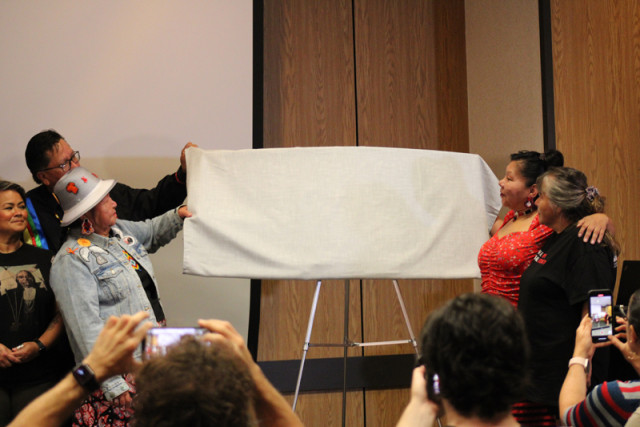Keeping things tidy might have been a sign respect for her belongings. (It is known to be a Teen Hang out) So a friend might have done it, probably a Female. A male wouldn't do it.
Remember this might not have been a singular Person. It could be Two People, A Gang, A Mob, Or A Riot!
And It just so happen's on this particular day in Vancouver B.C. The Stanley Cup Riot occurred.
http://beta.images.theglobeandmail.com/archive/01289/Report_on_the_1994_1289365a.pdf
The only way to determine if keeping things tidy is a trait of the offender is by doing a State-wide Police search to see if there had been any other murders where the clothes had been folded and placed aside. To me it seems to be a sign of respect. You rarely kill people you respect, they die on you. Also a murder is more likely to take something small as a trophy. Nothing was mentioned, and I don't think she was raped.
Any way, after the State-wide Police search determine how far a part each murder was. Determine an axis from each of the known murder locations, which will get a rough idea of where the murderer is operating from.
Remember also, she was know for skipping school, and her friend said she didn't stay at her place for the sleep over that night. So she had plan's that she knew her parents wouldn't approve off.
It's possible she might not have been murdered, but dying off wounds inflicted upon her by a 3,000 strong Stanley Cup Riot of Young People and Police that occurred on that day in Vancouver. Wounds that could have been inflicted by either the Mob, or the Police.
I don't think it was a Murderer or Serial killer. I think it was more, an adventure of a young whimisical heart. She was known to skip school occassionally, so probably had her hang outs. She also had a part time job, so she knew people her friends weren't aware off. Whereas most parents aren't really aware of anyone in their child's life, except for their school friend's. I'd say she was probably out there, experimenting with drug's and alcohol, with her 'other friend's. (the one's from work.) As young people do.
The Question's I would like to verify.....
1.) Was she there (At the riot)?
2.) Was she there with friend's? (The Riot)
3.) Where those friend's from work?
4.) Was she hurt?
5.) If so by whom? (The Crowd, or The Police)
6.) Did her friend's take her hurt from the Riot to the Forest to avoid the Police and try and help her?
7.) Were her cloth's removed so that her friend's could get a proper idea of her injuries and supply treatment?
I think the kid's wih her panicked when she died, quite possibly from Police over-zelousness. Who could they report it too? Not enough has been said about her injuries to be sure that it was a murder, no rape was reported. Perhaps even some of her friends folded her clothes and placed them near her, as they cried and left her. These kids would be about 30 Now, all quite possibly ex - staffers of the resturaunt she worked in. All holding this secret that might be destroying their lives.
It could be she died as a result of the riot and was left in the Forerest as a dead weight is hard to move, and the kids with her where confused as to what they could do.
Something to think about. The police wouldn't claim the blame for her deah even if Forensic evidence showed she died from a .... say Baton Blow. So I think this is set to remain unsolved, whilst (perhaps) those that tried to help her and she died on might well be suffering mental trauma.


